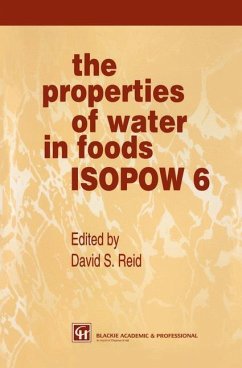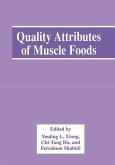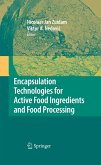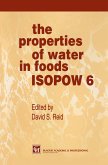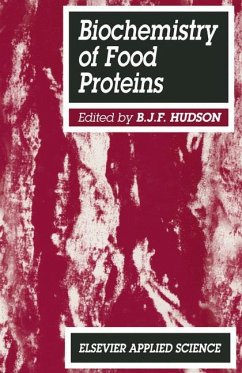Reports that heat processing of foods induces the formation of acrylamide heightened interest in the chemistry, biochemistry, and safety of this compound. Acrylamide-induced neurotoxicity, reproductive toxicity, genotoxicity, and carcinogenicity are potential human health risks based on animal studies. Because exposure of humans to acrylamide can come from both external sources and the diet, there exists a need to develop a better understanding of its formation and distribution in food and its role in human health. To contribute to this effort, experts from eight countries have presented data on the chemistry, analysis, metabolism, pharmacology, and toxicology of acrylamide.
Specifically covered are the following aspects: exposure from the environment and the diet; biomarkers of exposure; risk assessment; epidemiology; mechanism of formation in food; biological alkylation of amino acids, peptides, proteins, and DNA by acrylamide and its epoxide metabolite glycidamide;neurotoxicity, reproductive toxicity, and carcinogenicity; protection against adverse effects; and possible approaches to reducing levels in food. Cross-fertilization of ideas among several disciplines in which an interest in acrylamide has developed, including food science, pharmacology, toxicology, and medicine, will provide a better understanding of the chemistry and biology of acrylamide in food, and can lead to the development of food processes to decrease the acrylamide content of the diet.
Specifically covered are the following aspects: exposure from the environment and the diet; biomarkers of exposure; risk assessment; epidemiology; mechanism of formation in food; biological alkylation of amino acids, peptides, proteins, and DNA by acrylamide and its epoxide metabolite glycidamide;neurotoxicity, reproductive toxicity, and carcinogenicity; protection against adverse effects; and possible approaches to reducing levels in food. Cross-fertilization of ideas among several disciplines in which an interest in acrylamide has developed, including food science, pharmacology, toxicology, and medicine, will provide a better understanding of the chemistry and biology of acrylamide in food, and can lead to the development of food processes to decrease the acrylamide content of the diet.
From the reviews:
"Exposure of humans to acrylamide cannot only come from external sources ... but also from the diet. This new aspect initiates researchers to develop a better understanding of its formation ... . a Symposium ... took place in Anaheim, California on March 29-31, 2004. ... The Proceedings of this symposium have been published in the Series 'Advances in Experimental Medicine and Biology' ... . this volume is recommended to all researchers and professionals in the field of food science. They must have it ... ." (Advances in Food Sciences, Vol. 28 (1), 2006)
"Exposure of humans to acrylamide cannot only come from external sources ... but also from the diet. This new aspect initiates researchers to develop a better understanding of its formation ... . a Symposium ... took place in Anaheim, California on March 29-31, 2004. ... The Proceedings of this symposium have been published in the Series 'Advances in Experimental Medicine and Biology' ... . this volume is recommended to all researchers and professionals in the field of food science. They must have it ... ." (Advances in Food Sciences, Vol. 28 (1), 2006)


